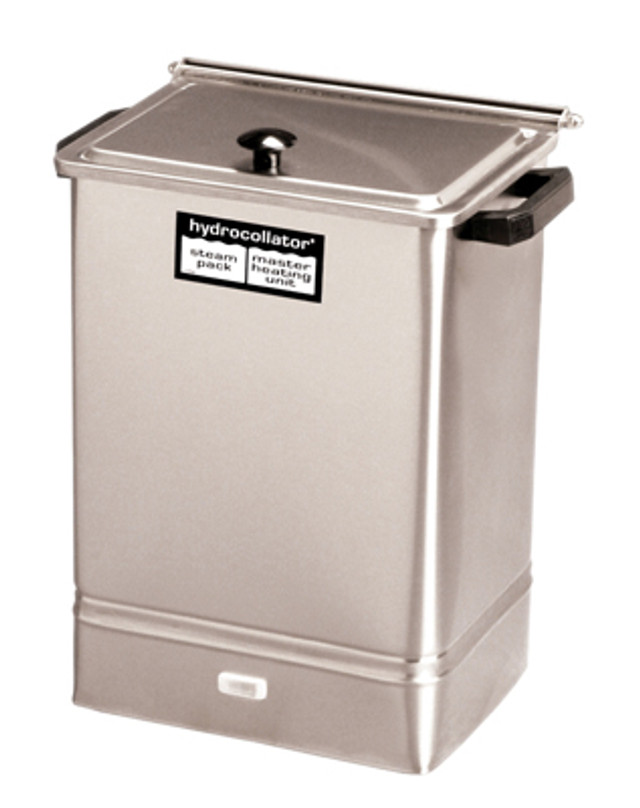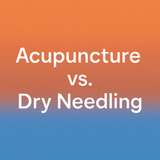Understanding Hydrocollators: Your Essential Guide
 When it comes to physical therapy and rehabilitation, hydrocollator are a staple in clinics, hospitals, and even home therapy setups. But what exactly are hydrocollators, what are they used for, and how do you keep them in top working condition? Let’s dive into these questions to better understand this invaluable piece of equipment.
When it comes to physical therapy and rehabilitation, hydrocollator are a staple in clinics, hospitals, and even home therapy setups. But what exactly are hydrocollators, what are they used for, and how do you keep them in top working condition? Let’s dive into these questions to better understand this invaluable piece of equipment.
What is a Hydrocollator?
A hydrocollator is a device designed to heat and store hot packs used in therapeutic treatments. These packs, often referred to as moist heat packs, are filled with bentonite clay and encased in a durable canvas cover. The hydrocollator itself typically consists of a stainless steel tank that is filled with water. It heats the water to a temperature of around 160-170°F (71-77°C), which keeps the hot packs at an optimal temperature for therapeutic use.
The moist heat generated by these packs is particularly effective because it penetrates the muscles and tissues more deeply than dry heat, providing relief from pain, reducing muscle spasms, and improving circulation.
What are Hydrocollators Used For?
Hydrocollators are primarily used in physical therapy, sports medicine, and rehabilitation settings. The moist heat packs prepared by the hydrocollator are applied to various parts of the body to help with:
- Pain Relief: Heat therapy from hydrocollator packs helps to alleviate pain by relaxing muscles and easing stiffness in joints. This is especially beneficial for conditions such as arthritis, fibromyalgia, and chronic back pain.
- Increased Blood Flow: The heat from the packs causes blood vessels to dilate, increasing circulation in the affected area. This enhanced blood flow delivers more oxygen and nutrients to tissues, which can promote healing and reduce inflammation.
- Muscle Relaxation: For individuals recovering from injury or surgery, the soothing warmth helps to reduce muscle tension, making it easier to perform therapeutic exercises.
- Pre-Treatment Warm-Up: Before beginning more intensive physical therapy or exercise, applying a moist heat pack can help to prepare the muscles, reducing the risk of injury during the session.
How to Clean a Hydrocollator?
Maintaining your hydrocollator is essential to ensure its longevity and hygiene. Over time, mineral deposits from water, as well as residue from the hot packs, can build up in the tank. Here’s a step-by-step guide on how to clean your hydrocollator:
- Turn Off and Unplug: Before you begin cleaning, make sure the hydrocollator is turned off and unplugged. Allow the water to cool down to a safe temperature.
- Drain the Water: Locate the drain valve at the bottom of the hydrocollator and drain the water into a suitable container. Be sure to dispose of the water safely.
- Remove the Racks and Packs: Take out the heating racks and any hot packs from the hydrocollator. These can be cleaned separately using mild soap and water.
- Clean the Interior: Wipe down the interior of the hydrocollator with a soft cloth or sponge soaked in a mild detergent solution. Avoid using harsh chemicals or abrasive materials that could damage the tank. For stubborn stains or mineral buildup, a vinegar solution (one part vinegar to four parts water) can be effective.
- Rinse and Dry: After cleaning, thoroughly rinse the inside of the tank with clean water to remove any soap or vinegar residue. Dry the interior with a clean towel or let it air dry.
- Clean the Exterior: Don’t forget to clean the exterior of the hydrocollator with a damp cloth. Regularly wiping down the outside helps maintain its appearance and prevents the buildup of dust and grime.
- Refill and Reassemble: Once the tank is dry, replace the heating racks and refill the hydrocollator with fresh water. Plug the unit back in, and it’s ready for use.
Hydrocollators are an essential tool in the world of physical therapy and rehabilitation, providing effective moist heat therapy that promotes healing and relieves pain. Understanding how to use and maintain your hydrocollator properly ensures that it will continue to serve you well for years to come. Regular cleaning is key to its longevity, making sure it’s always ready to deliver therapeutic warmth when needed.
Recent Posts
-
Acupuncture vs. Dry Needling: What’s the Difference?
At first glance, acupuncture and dry needling might seem identical. Both involve inserting thin need …Jun 11th 2025 -
What Is Dry Needling? A Modern Approach to Pain Relief and Muscle Recovery
Chronic muscle pain, tension, and restricted movement can significantly impact your daily life, sign …Jun 11th 2025 -
The Kinetic Chain and Its Importance?
The kinetic chain is a key principle in physical therapy, referring to the way muscles, joints, and …Apr 18th 2025



